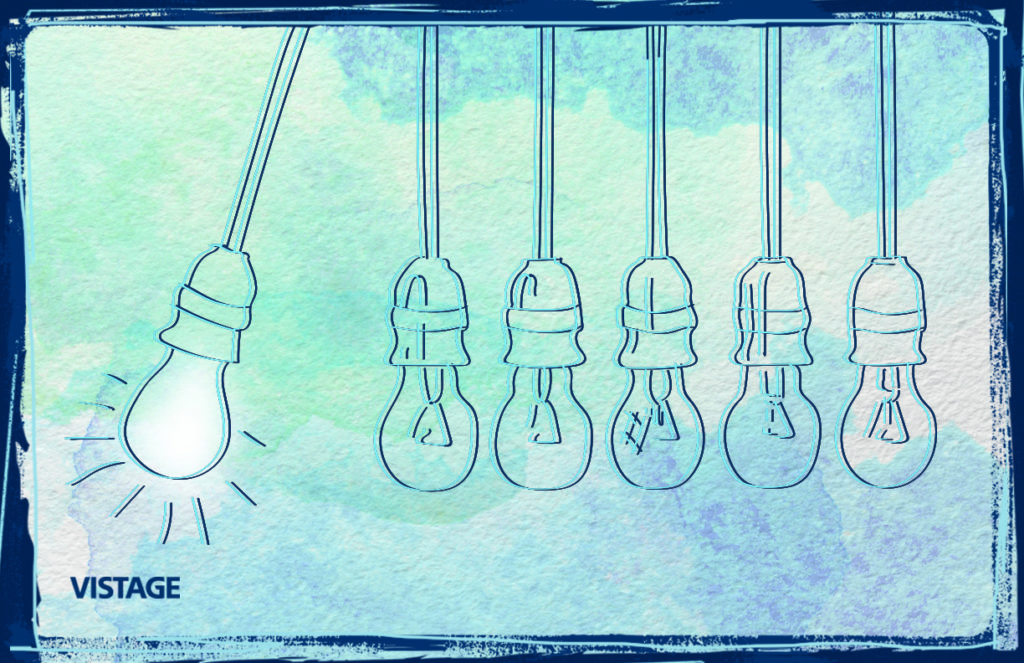Strategic Conversations-The 10 Questions

As a result of the liquidity crisis and the giant sucking sound that followed, business-to-business customer relations have taken a dramatic turn. Salespeople, beaten down by heightened customer demands and rampant discounting have become far more tactical. As customers have attempted to flatten the playing field through RFQ’s and reverse auctions, vendors have been conditioned to comply with a new set of norms. How tedious and unfortunate.
The art of dissecting customer needs has deeply eroded. These new realities put the seller at a tremendous disadvantage, and often impacts margins and profitability. Selling organizations are better off identifying the minority of customers who are still willing to have strategic conversations. Below are 4 types of questions you should be prepared to ask in a strategic meeting.
Perhaps the most critical element of consultative selling is getting to a decision maker. Procurement departments are typically focused on one variable; price. One way to orchestrate a senior level meeting is to ask for a strategy session or peer review. This can be positioned simply as…”the senior management of my company is planning a trip to…and they wanted to know if we can have a strategic conversation about the future and how we can; take cost out of the system, improve customer experience, reduce cycle time, etc…” In some cases, you may need to be prepared to suggest that you are considering investments that will decrease the total cost of doing business for the customer (that does not mean a price concession).
Salespeople should prepare rigorously for the meeting, digging up every possible piece of information on the company, their customers, their competitors, your competitors and about the people you are meeting with. Linked In, Facebook and other internet sites offer all type of information about clients-everything from the alma mater, to hobbies and interests.
Always allow the client to be seated first, but if possible, position so that your organizations are not seated on opposing sides of a table. Begin the meeting with opening questions and quickly transition to strategic questions. You want to first set a tone that you are there to probe and listen:
Stage 1: Opening Questions
- How many years have you been in the industry, or how many years have you been here?
- What did you do before?
Stage 2: Strategic Questions
- What is your vision for growing the business?
- What are your strategic objectives?
- What separates you from you competition?
- How will your company need to change to maintain its advantage?
Explain to your salespeople that if they interrupt the customer, or speak while you are asking questions, you will fire them on the spot (and mean it). Many will have an overwhelming desire to present (and not to listen). Here is the golden rule: if you are speaking for more than 20% of any meeting, you are losing!
While asking strategic questions, you are observing the customer’s tone, pace and body language. If they are tactical thinkers, or simply don’t want to have a strategic conversation with you, you will observe their discomfort and move on to lower level discussions (which you should be fully prepared for).
After you have established the fundamental business problems, create a transition where the customer views you as the solution (without you even suggesting it).
Stage 3: Anchor Questions
- What are the long term ramifications of …?
- What would be the affect on revenue/profit/cycle time/customer experience, if …were to continue?
Stage 4: Closing Questions
- Do you have any initiatives to outsource … to suppliers?
- What if we were to…?
Here is the hammer. Companies (and especially purchasing departments) have seen dramatic contraction of headcount. If there is a way for your organization to accept the burden of certain activities on behalf of the customer, you have reduced their total cost of ownership.
This approach will not work with all of the customers all of the time, but it will promote dialog the most profitable customers and those are the ones who are worthy of our time and investment.
Adapted from A Seat at the Table by Marc Miller
Category : Strategic Planning


must say that overall I am really impressed with this blog.It is easy to see that you are passionate about your writing. If only I had your writing ability I look forward to more updates
Business Loan
We all know of these 4 stages, however quickly forget once we get in front of our customer/client/collegue….practice and role play make perfect, sounds corny however it really works. I think these four stages work not only for sales people they are most appropriate for any business negotiations from the CEO level down.